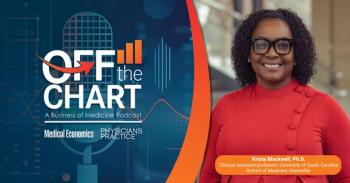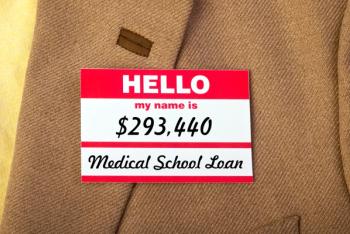
In a crisis of public health trust, patients still rely on their doctors
Key Takeaways
- Trust in the CDC and NIH significantly declined during the COVID-19 pandemic, with a 25-point drop in confidence.
- Healthcare providers remain trusted sources, playing a crucial role in rebuilding public confidence in health organizations.
Confidence in federal public health agencies fell sharply from 2020 to 2024 — but Americans’ trust in personal physicians and local health departments has since rebounded to pre-pandemic levels.
A multi-year study tracking Americans’ trust in public health institutions reveals a significant loss of confidence in health
Published Thursday in
“Even though overall trust in health care institutions has decreased, health care providers remain one of the
Confidence in local vs. national institutions
The study, led by researchers at UT Southwestern, analyzed responses from four nationally representative, census-matched online surveys conducted in 2020, 2022 and 2024. Confidence was measured on a five-point scale, with responses of 4 or 5 categorized as “high confidence.”
While trust in national institutions fell steeply through 2022, some entities saw modest recovery by 2024. Confidence in the CDC rose slightly to 60% but remained lower than pre-pandemic levels. Trust in state health departments and the U.S. Department of Health and Human Services (HHS) followed a similar arc. The FDA’s confidence ratings remained largely flat.
In contrast, local health department and personal physicians fared much better. After an early dip, confidence in personal doctors increased by 5% between 2022 and 2024, nearly returning to baseline. Trust in local health departments jumped 19% over the same period.
“Our study saw a marked decrease in confidence in public health institutions among U.S. adults,” the study authors wrote. “… this study highlights the potential of local health entities, including physicians and local health departments, to act as those messengers and effectively communicate about public health.”
The White House and professional organizations
Notably, confidence in the White House — though historically low — also ticked upward during the study window, from 29% in 2020 to 39% in 2024. Meanwhile, professional medical organizations experienced a 26-point drop in public confidence between 2020 and 2022, with no significant rebound recorded by 2024.
Data highlights a growing public preference for decentralized, localized communication around health crises.
Researchers say the findings should prompt a shift in how public health guidance is delivered. With federal institutions still grappling with reputational damage, trusted local figures — especially physicians — may be best positioned to lead communication around emerging health threats.
Co-author Hannah Melchinger adds: “We need to take this decline seriously if we want to preserve the credibility of these entities and their public health recommendations.”
Newsletter
Stay informed and empowered with Medical Economics enewsletter, delivering expert insights, financial strategies, practice management tips and technology trends — tailored for today’s physicians.

















